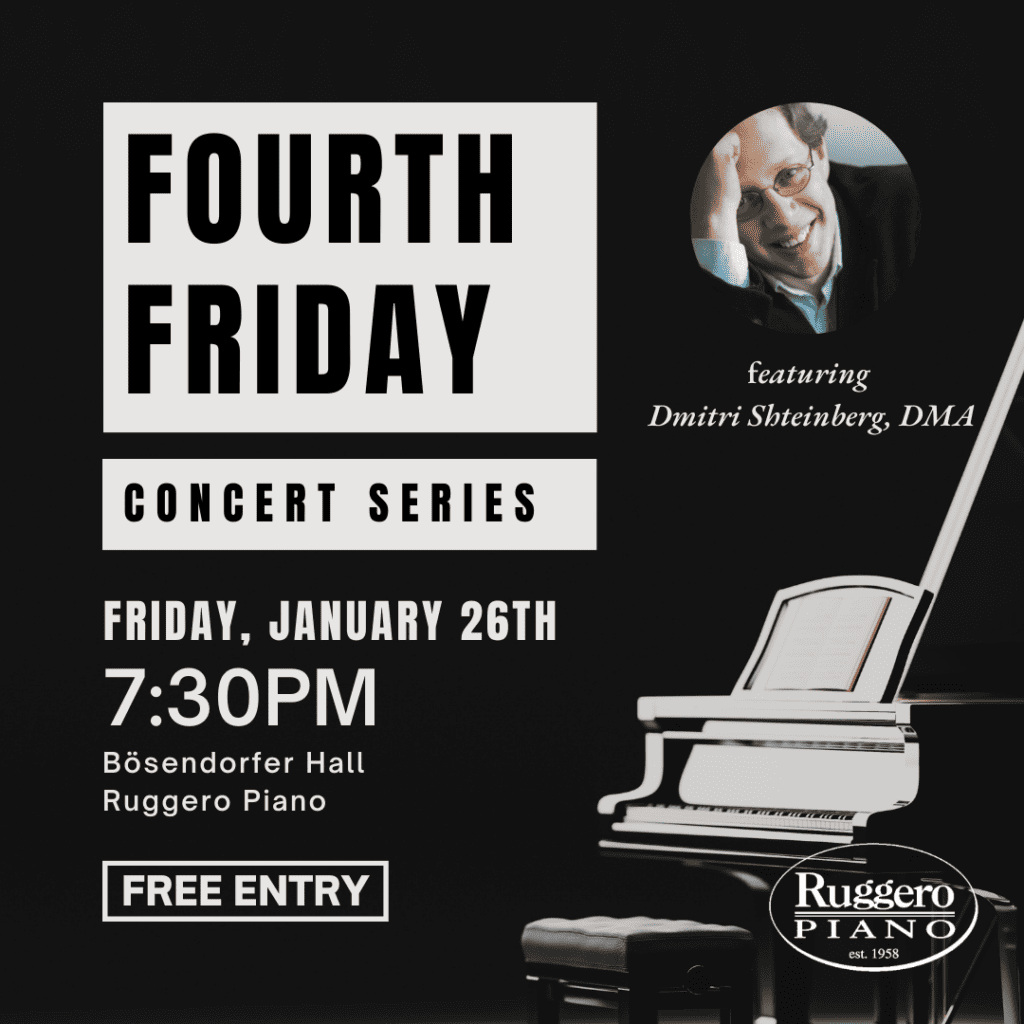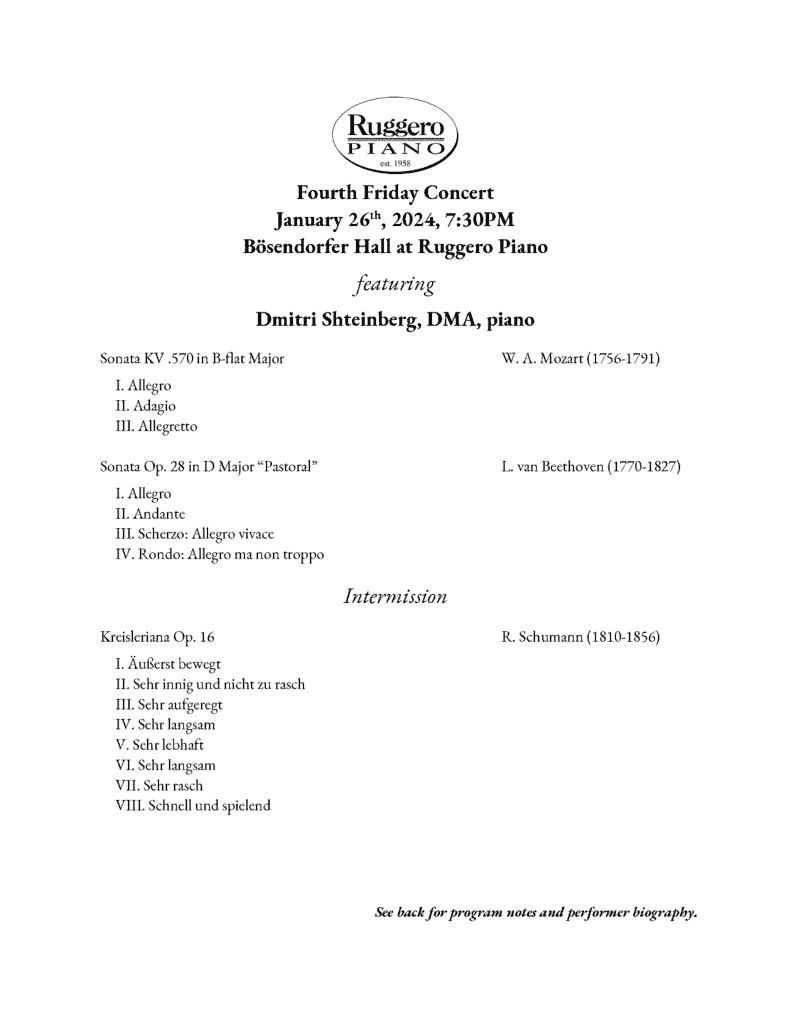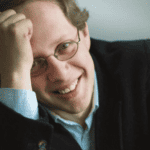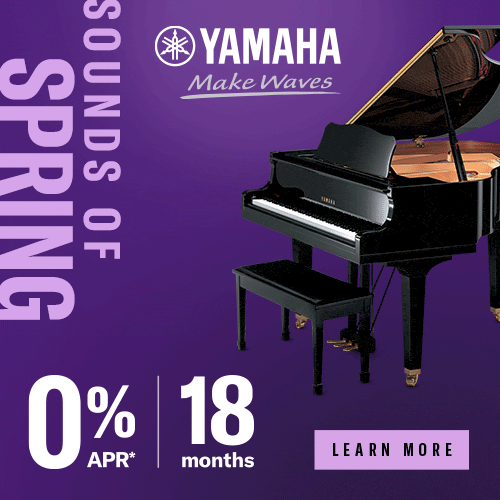
4720-120 Hargrove Road. Raleigh
NC 27616
Click Here for Livestream Link
Program Notes
Mozart: Sonata KV 570 in B-flat Major
Mozart’s Sonata K570 is a late work which shows the composer at his absolute best. The opening movement is unusual: each theme serves as a springboard to the next one. Thus, the opening melody is a counterpoint to the second one, and the second transfigures to become the third one. In fact, the contrapuntal mastery must have been so appealing that soon after Mozart’s death the Sonata was reworked for violin and piano by an admirer, and is still sometimes performed in that manner, ostensibly as an authentic Mozart piece.
The second movement is an extensive rondo, drawing on the wealth of vocal and instrumental traditions, almost ready to be orchestrated. The frequent use of strophic variation allows the performer to introduce a variety of ornaments, something which was expected in both vocal and instrumental performances of the time.
The last movement is yet another, very much abbreviated rondo; in its center lives a pecking bird, engulfed by contrapuntal lines, very reminiscent of Mozart’s Violin Concerto No. 3 and violin sonata K. 378. In both cases, the tempo suddenly accelerates for the sake of that very bird, and I have taken the brazen liberty of doing the same.
Beethoven: Sonata Op. 28 in D Major
The so-called “Pastoral” Sonata owes its nickname to a publisher. This is, without a doubt, inspired by the ostinato in the left hand, prominent in movements one and four, clear stand-in for bagpipes. Yet, while as certain pastoral feeling cannot be denied, it by no means shapes the entire work. In his second and last D Major sonata, Beethoven chooses yet again to keep all four movements in the home key, with the second, slow movement, taking the minor mode. But the contrast between major and minor in our sonata is much less violent then in the earlier Op. 10 No. 3. A possible musical twin for the work is rather the “Spring” sonata for violin and piano, written at about the same time; undeniably handsome, tender, poignant, and positive, with a dash of humor.
Schumann: Kreisleriana Op. 16
Every December, our country falls under the spell of the German author E. T. A. Hoffmann. In fact, we eagerly await the experience of seeing a most garbled version of his short novel “The Nutcracker and the Mouse King,” now in the form of a famous ballet. Hoffmann, a near-contemporary of Schumann and his undeniable alter ego, had a double career as an author and a musician (Schumann’s stated aspiration as well); his views, aesthetics, and artistic goals were also very close to Schumann’s. And just like Schumann with his Florestan and Eusebius, the fiery and the meek aspects of oneself, Hoffmann had invented for himself a literary stand-in, a certain Kapellmeister Kreisler, is whose bizarre personality these aspects are fused in a strange way, compelling in the eyes of some, repulsive for most others. Such split personality is more than a child of an erratic mind, sophisticated one moment and childish the next; here, we also have the inability, and the unwillingness to put up with the world the way we see it. Kreisler’s life, inasmuch as Hoffmann’s or Schumann’s, is a struggle against a mounting tide of mediocrity, indifference, and pointless small talk. Ironically, Hoffmann tells us, Kreisler’s unpublished autobiography became scrap paper for a memoir by… a cat. Schumann’s eight scenes are not, apparently, descriptive of specific Hoffmann moments; they describe mental states.
Performer Bio
A native of Moscow, Dmitri Shteinberg holds a Doctorate in piano performance from the Manhattan School of Music, and is currently the Clifton Matthews Distinguished Professor of piano at UNCSA. His performance credentials include Jerusalem Symphony, The Italian Filarmonica Marchigiana, Israel Chamber Orchestra, Israel Camerata Orchestra and Porto National Symphony under the batons of Massimo Pradella, Roger Nierenberg, Florin Totan and David Shallon, among others. In the United States, he appeared with the Baton Rouge, Richmond, Charlottesville, Salisbury and Manassas symphony orchestras. In 1995, he won the first prize at the Senigallia International Piano Competition in Italy, where he was the youngest competitor. Shteinberg was a guest artist at the Mostly Mozart Festival, Summit Music Festival, Music Festival of the Hamptons, the ”Oleg Kagan” Festival in Germany, Festival Aix-en-Provence in France and Open Chamber Music in Cornwall, England. Chamber music appearances include the Stern Auditorium at Carnegie Hall, The Kennedy Center, The Kimmel Center in Philadelphia, Alice Tully Hall in New York and the Saunders Theatre in Boston. Most recently, he gave the world premiere of Permutations for piano and orchestra by Robert Chumbley.





